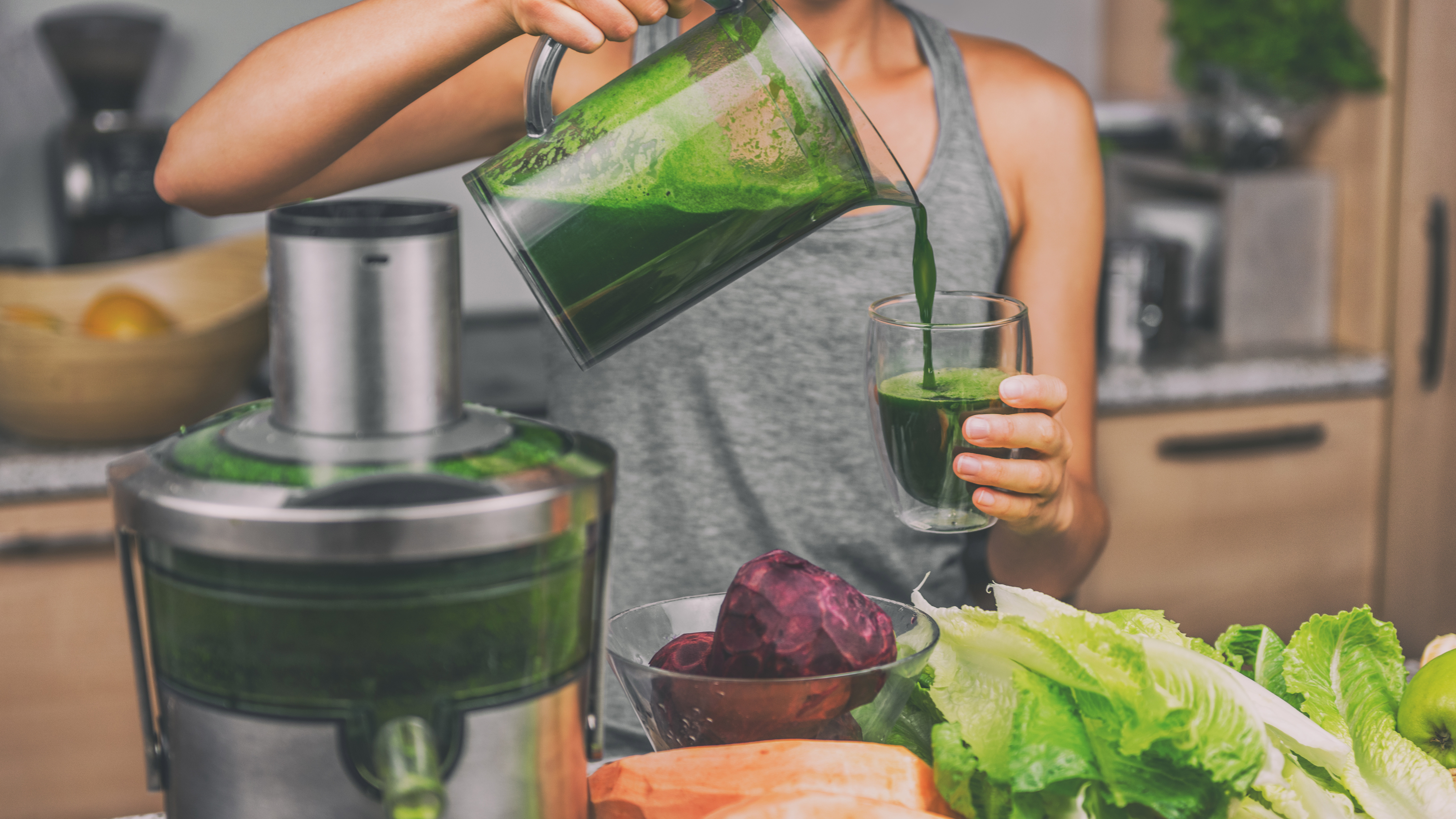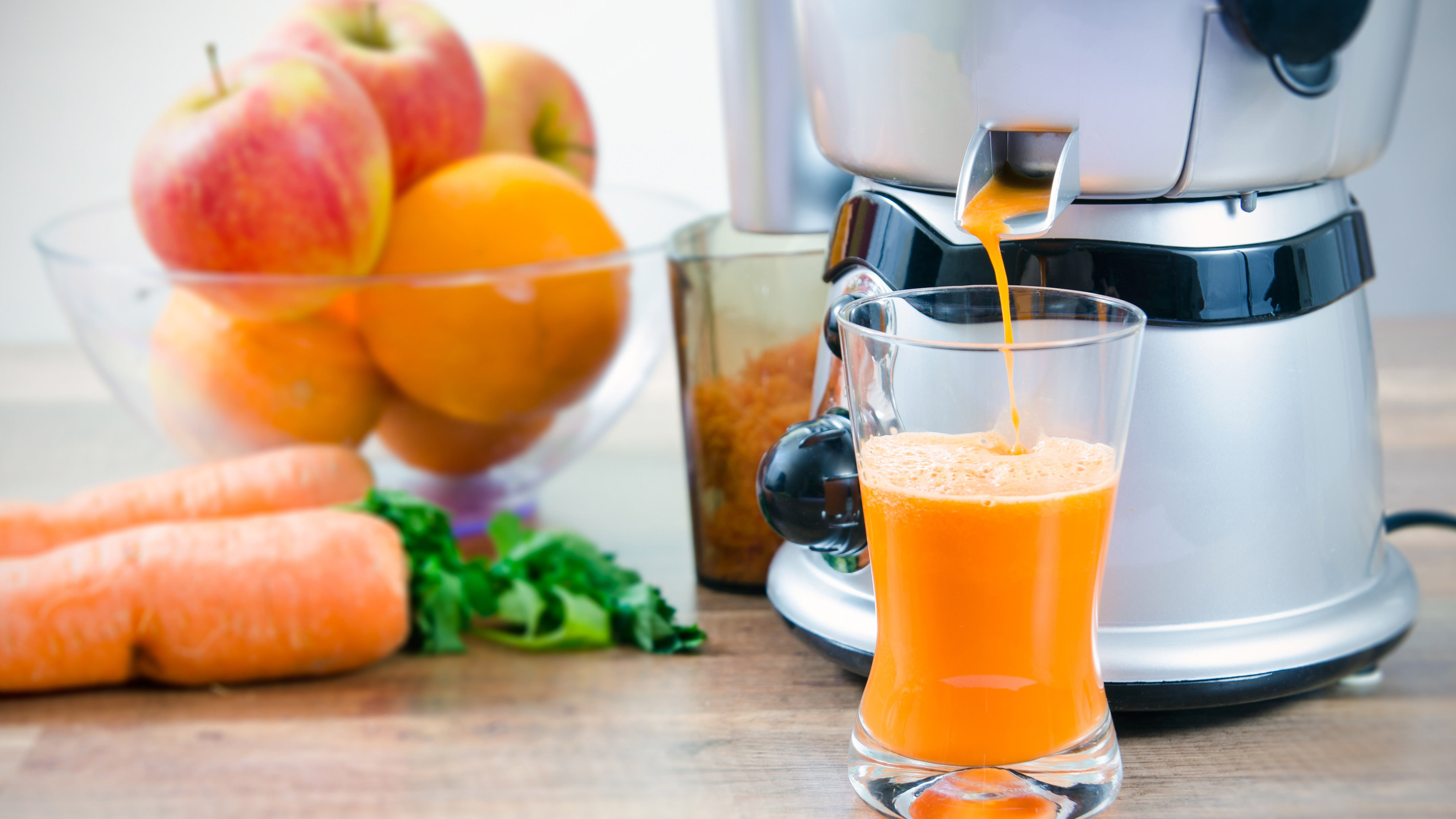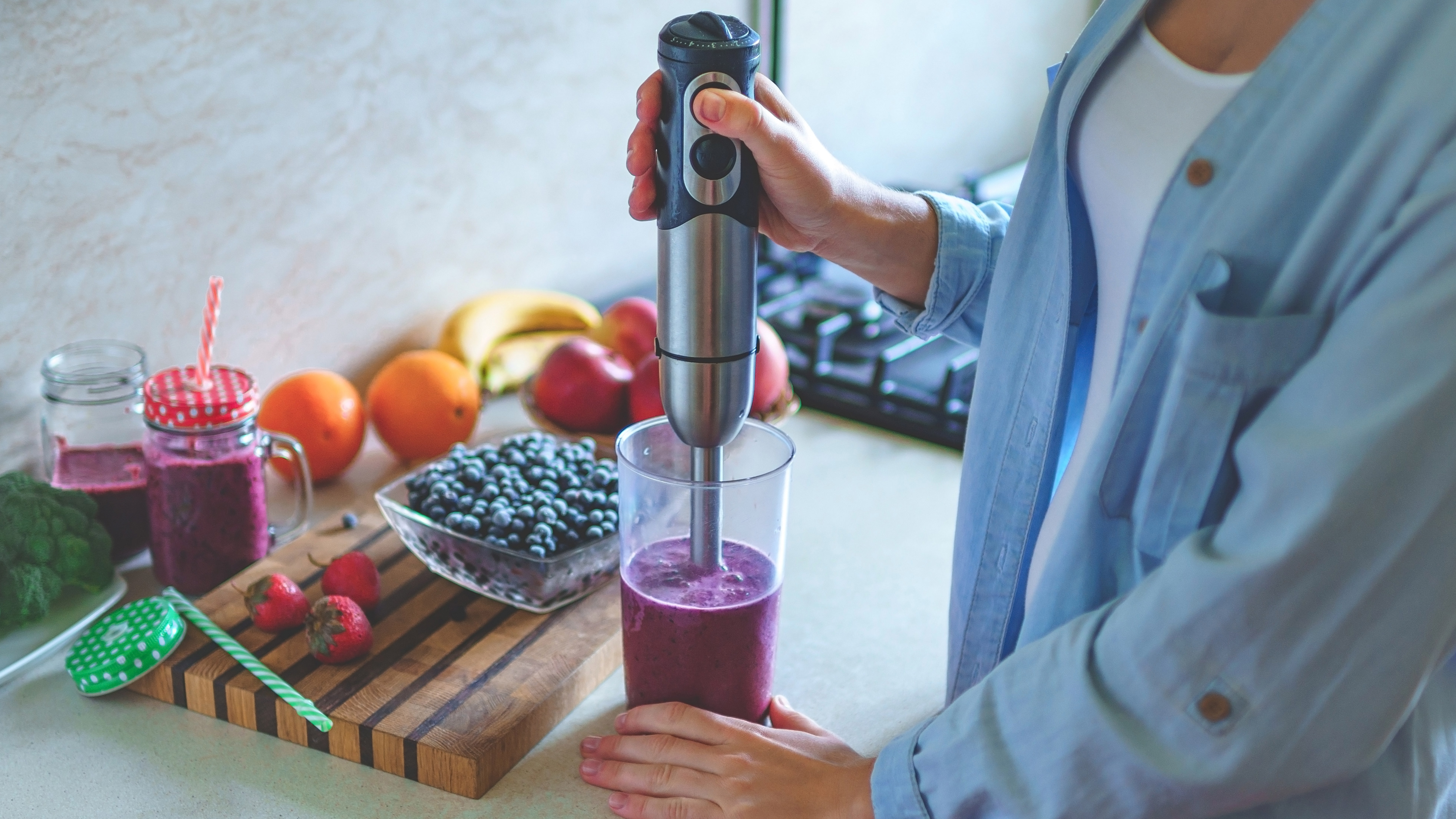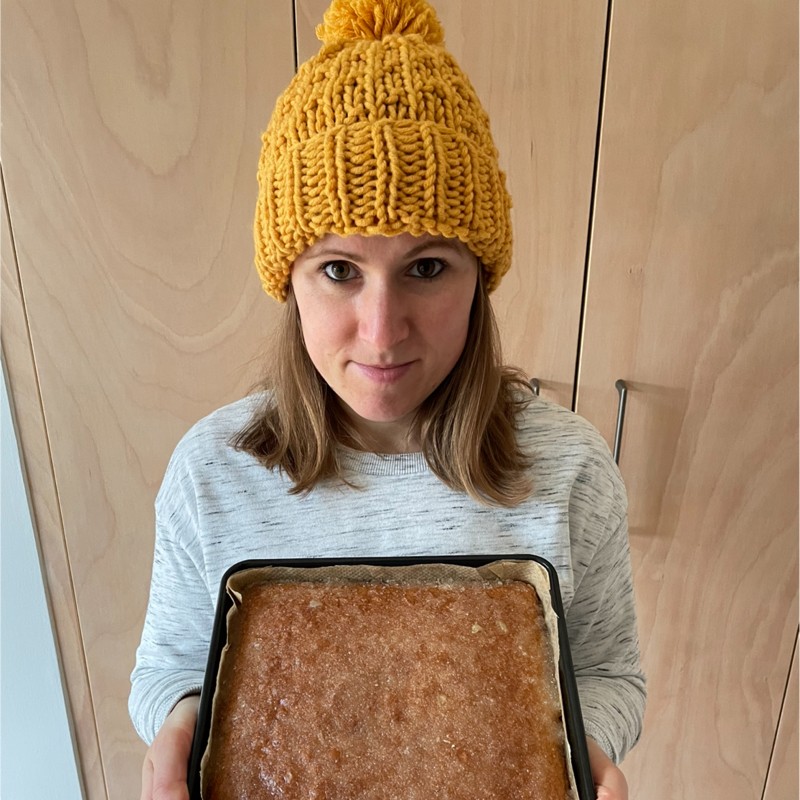Which is healthier: Juicing or blending?
For healthy nutritious drinks should you blend the ingredients into a smoothie or extract the juice?

When it comes to making our diets healthier, one of the simplest ways is to increase the amount of fruit and vegetables we consume. Not only will this ensure we’re getting all of the vitamins and minerals our bodies need, but it’ll also help increase the level of dietary fiber, which will aid digestion and prevent constipation.
The best blenders and the best juicers can come in useful when it comes to reaching the Dietary Guidelines for Americans recommendation to consume two or more fruits and three or more vegetables a day - a target that only 8% of adults in the US are achieving, according to America’s Health Rankings.
Blenders ensure you can blitz whole fruit and vegetables into smooth, refreshing drinks, while juicers extract the liquid from fresh produce to create an alternative vitamin-packed beverage. Both provide an easy way to increase your consumption of fruit and vegetables, especially if you only enjoy a handful of different varieties, but they work in very different ways, which leave you wondering which is healthiest.
Already know which appliance you want? Rather than discovering which kitchen gadget is healthiest check out the best prices for some of our top models.
How healthy is juicing?
The best juicers extract high volumes of liquid from fruits and vegetables, leaving just a dry fibrous pulp waste. Unfortunately, the pulp that gets removed provides fiber which is an important nutrient in our diets.
According to an article published by Harvard Health the average American eats 10-15 grams of fiber per day but the US Department of Agriculture (USDA) recommends 25-38 grams, so we actually need to add more fiber into our diets, not take it away. A good way to make juices healthier is to look for a juicer with different filters/ strainers that allow you to create juices with pulp in them, like the Nama Vitality 5800. Alternatively, you can add some of the waste pulp back into the juice, this way you still get some of the health benefits associated with the fiber.
Juicers, particularly cold press juicers extract juice without using heat. This is important because some nutrients are damaged by heat, meaning juicers are a great way of creating healthy fruit and vegetable drinks while retaining vitamins and minerals.
Sign up for breaking news, reviews, opinion, top tech deals, and more.
Another advantage of juicing is the variety of fruits and vegetables that can be juiced. Even hard vegetables like beetroot and carrot can be successfully incorporated into tasty mixed juices, but it’s less likely that you’d throw these into a smoothie (unless you chop or grate them first). So to support a varied diet, juicing is a great way of including a wide variety of fruits and vegetables.
The process of extracting juice separates the natural sugar fructose from the fiber and makes it easier to absorb, this can lead to spikes in blood sugar levels. This can be problematic if you consume lots of high sugar juice and is one of the reasons juicing has had a bad reputation.
However, this is less of a problem if you opt to make juices from lots of leafy greens and lower sugar vegetables like celery and cucumber. The NHS in the UK recommends that a portion of fruit juice should be no more than 150ml or a small glass, this ensures that you can benefit from the health-giving properties of the juice without consuming too much sugar.
Our article on how healthy is using a juicer provides some more in-depth information.

How healthy is blending?
Blending fruits and vegetables into smoothies often gets hailed as the healthier option because the fiber isn’t discarded like it is with juicers. And yes, it’s true that the higher fiber content of smoothies can make them a healthier option than a pulp free juice, but that’s only part of the picture.
When high sugar fruits and vegetables are blended into a smoothie, the fructose is still separated and made easier to absorb, in much the same way as juicing. So it’s still important to limit smoothie portions if they contain lots of high sugar ingredients and like juicing, the healthier smoothies will include lower sugar fruits and vegetables, such as raspberries, strawberries, and leafy greens.
One health benefit of blending smoothies is that you can add lots of additional ingredients to boost the protein and healthy fat content. Adding ingredients like oats, yogurt, protein powders, and nut butters can make a smoothie a more nutritionally complete drink than a juice, which is why some people use blended smoothies to replace meals like breakfast.
It’s important to note though, that when making multi-ingredient tasty smoothies, it’s really easy to make a very high-calorie drink without realizing it. And this can become a problem if you’re drinking these blended drinks in addition to your usual three meals a day, so again, portion control is crucial. Or, if you have a favorite smoothie recipe, it’s useful to input it into a calorie calculator to check that you aren’t blindly consuming a super high-calorie drink alongside your usual meals.
It’s worth noting that the blades in some lower quality blenders get hot when used for long periods and this heat can damage some of the vitamins in fruits and vegetables. So if you’re keen on making healthy smoothies, it’s worth investing in one of the best blenders for better nutrient retention.
Our article on are blenders healthy or do they destroy nutrients provides some more in-depth information.

Which is healthier?
There are positives and negatives to both juicing and blending and ultimately, juices and smoothies can both offer health benefits.
If you struggle to incorporate a wide variety of fruits and vegetables, and you want to use varieties that won’t easily blend, then consider investing in a juicer. However, if you’re looking to increase the amount of dietary fiber, or you want to add additional ingredients to your fresh produce beverages, a blender will be a better option.
But with both, it’s important to be mindful of portion size and choosing lower sugar ingredients and for juices, try to make them healthier by including some of the pulp. In the end, though, it may come down to taste - some people prefer a thick filling smoothie while others enjoy a clear crisp juice.
- Want to make your fries healthy? Then check out these great air fryer deals

Helen is a freelance writer who specializes in kitchen and home appliances, and has written for some of the biggest home-related titles around. She has been reviewing small appliances, including blenders, air fryers, and vacuums for more than 15 years. When she's not busy testing the latest food and home gadgets, she enjoys DIY and gardening.